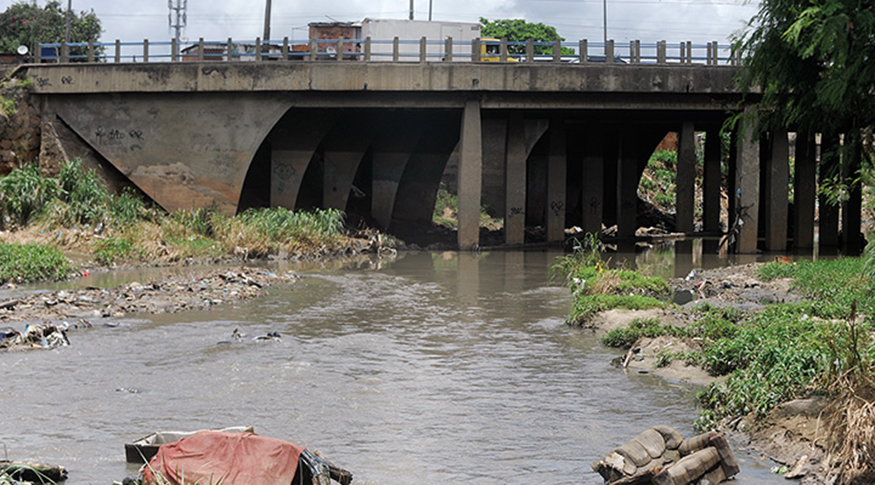Characteristics of housing units
One out of every three housing units had no access to sewage treatment in 2019
May 06, 2020 10h00 AM | Last Updated: May 07, 2020 01h29 PM

The number of housing units linked to the general sewage system or with a septic tank linked to the system increased in 2019 against the previous year, and reached 49.1 million housing units (68.3%). In spite of that, almost one third of the homes did not have access to proper sanitation. The Major Regions with lowest indexes for that service increases, with an impact on the national figure. In the North, the rate increased 5.6 percentage points, but hit 27.4%, only. The Central West reached 60% (an increase of 4.4 p.p.). The Northeast also registered increase (2.6 p.p.), but it still holds less than half of the population with access to the sewage system: 47.2%.
Those figures are found in the Continuous National Household Sample Survey (PNAD): Characteristics of Housing Units and Residents, released today (06/05) by the IBGE. "There has been a slow trend to increase since 2016. A slightly bigger change has been observed this year, mainly due to the increase in the North, Northeast and Central West Regions", according to Adriana Beringuy, researcher from the IBGE.
In relation to the housing units with a septic tank not linked to the general system, the number reached 19.1%, showing that almost 9 million housing units in Brazil dispose their sewage inappropriately, as in rudimentary cesspits, ditches, rivers, lakes and sea. In the North and Northeast regions, the percentage was even higher, of 42.9% and 30.7%, respectively. In the Southeast, that category was used only by 5.5% of the housing units.
Water supply remains stable; garbage collection increases
A total 97.6% (70.7 million) of the 72.4 million housing units estimated by the survey in 2019 had piped water, and 88.2% (63.8 million) had access to the public supply system. In 85.5% of the housing units, the public system was the main source of water supply. In the North, the rate drops significantly, to 58.8%; 21.3% of the housing units had access to water from a deep or artesian well and 13.4% made use of a shallow well, water table or container.
Compared to 2018, the North and Central-West recorded an advance in the daily capacity of water, mainly the last one, where the coverage increased from 87.1% to 94.9% in 2019, recovering the level of 2016: 94.7% of the housing units. “With the water restriction in 2016, especially in the Federal District due to the drought, the figures showed a drop in 2017, and a small recovery in 2018. Only now, in 2019, have the figures returned to the level they were before the water crisis”, explains Adriana Beringuy.
As for water supply by period, 88.5% of the housing units in Brazil received water daily; the rate drops to 69% in the Northeast, where the frequency is lower. In that Major Region, there are water supply systems by cisterns, which are filled in the rainy period for redistribution in periods of drought.
Regarding garbage collection, the rate has shown increase since 2016 and it reached its highest figure in 2019: 84.4%. In the comparison by Major Region, the North and Northeast still have higher percentages of housing units that burn the garbage in their property, 17.6% and 15.1%, respectively, a figure that means 3.8 million of housing units in this condition.




















